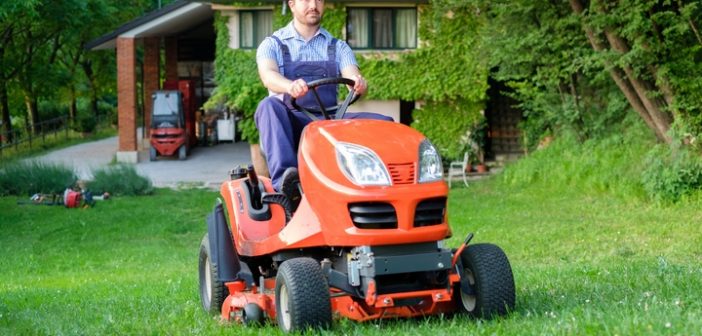Your lawn needs some care. Tending your lawn should be an ongoing exercise since a neglected lawn can be very expensive to restore. Although you can cut costs by maintaining the lawn yourself, it is important to note that many people make numerous lawn-care mistakes, and hopefully, this blog post will help you avoid them.
1. Failing to Do a Soil Test
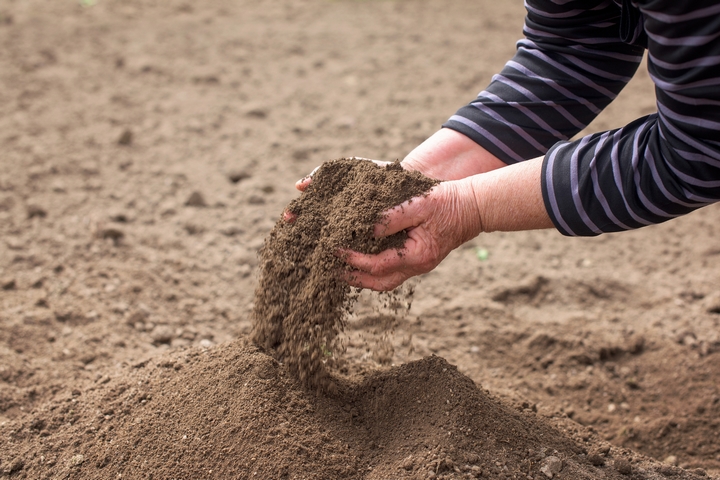
The first step to taking care of your lawn is doing a soil test. The test will reveal the health status of your lawn’s soil, which could point to deficiencies. The test also determines the type of fertilizer you should use. You can order a soil test from your local cooperative extension service. Ideally, a soil test should be done once every three years since soil conditions tend to change with time as weather patterns fluctuate. If you are unfamiliar with performing a soil test, contact a lawn service expert that will be more qualified to assist you.
2. Using Quick-Release Fertilizer

Another mistake most people make is using quick- instead of slow-release fertilizers. Slow-release fertilizers keep your turf from burning quickly. They release nutrients slowly over time as opposed to quick-release fertilizers, which cause growth surges. Besides, slow-release fertilizers progressively meter out nutrients over time.
3. Overwatering
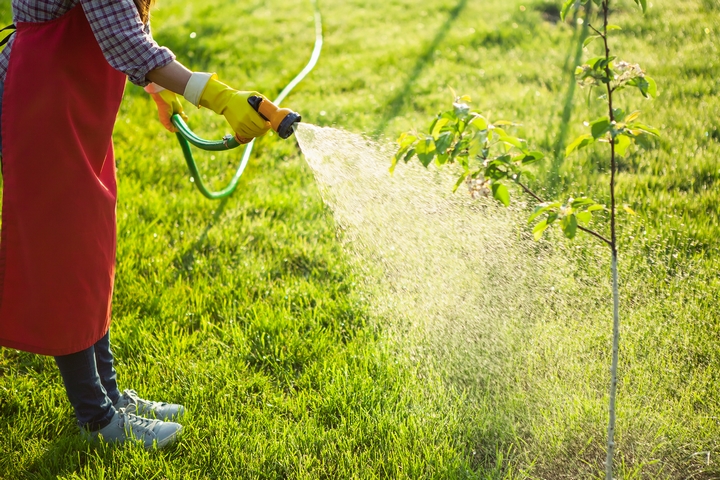
Don’t leave your lawn sprinkler running throughout the day. This is a big mistake since over-watering your lawn could end up increasing your maintenance costs. Two days of watering every week are enough to keep your lawn adequately watered. For a self-monitoring sprinkler, consider a smart sprinkler system that uses sensors to control and monitor the soil’s moisture levels. It also distributes adequate amounts of water throughout your lawn.
4. Watering in the Afternoon
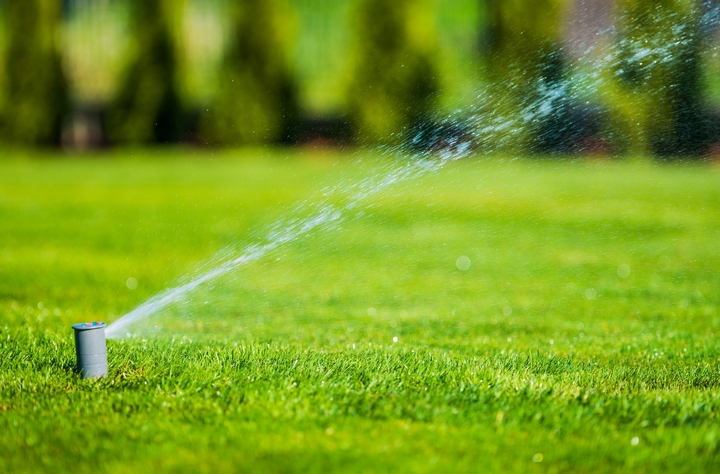
The best time to water your lawn is in the morning when there is less evaporation. It’s important to let water soak six inches deep into the soil, and this can’t happen if you water in the afternoon when the rate of evaporation is high. To know how long it takes the water to soak six inches into the soil, dig a small hole to monitor it.
5. Not Using a Lawn Mower with a Sharp Blade
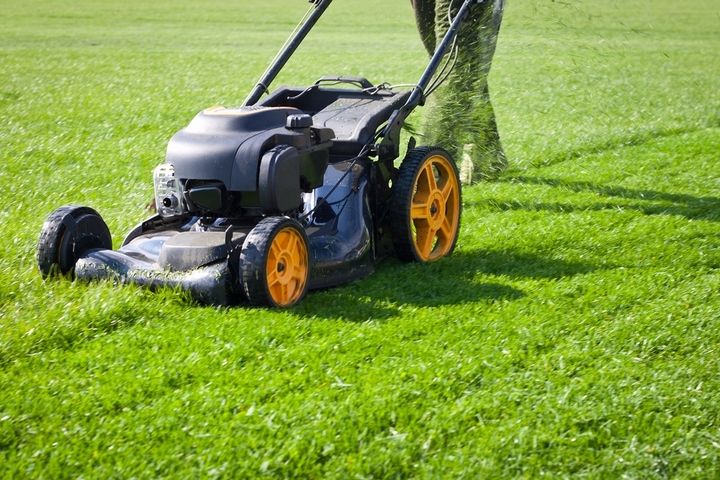
For that professional nicely done finish, you need a lawn mower with a sharp blade to evenly manicure and trim the grass. A blunt blade can discolour and tear your lawn. During the grass-cutting season, sharpen your blades at least once a month.
6. Cutting your Grass too Short
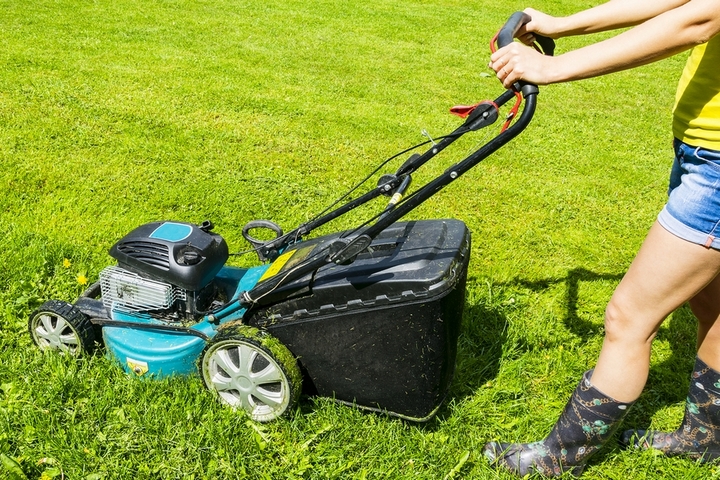
To some people, cutting grass is a tedious exercise. To avoid cutting it too frequently, they cut it too short. However, cutting your grass too short starves it. Ideally, trim your grass two to three inches. Grass tends to grow quickly during spring, which means you will have to cut it often.
7. Not Following Basic Safety Precautions
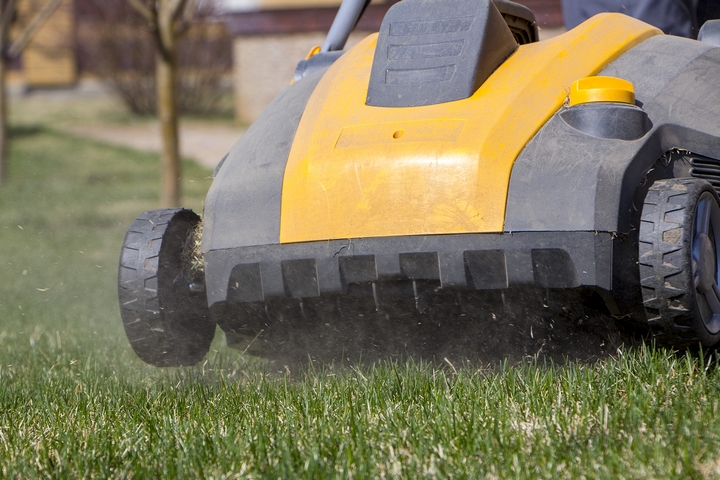
To prevent injuries when mowing your lawn, first remove sprinklers, stones, and branches. This is a crucial safety measure. Other safety precautions include wearing proper shoes, earplugs and glass. Remember, any sound at 85 decibels or more can result in hearing loss or impairment. Lawnmowers blurt out over 100 decibels!
8. Failure to Aerate Your Lawn
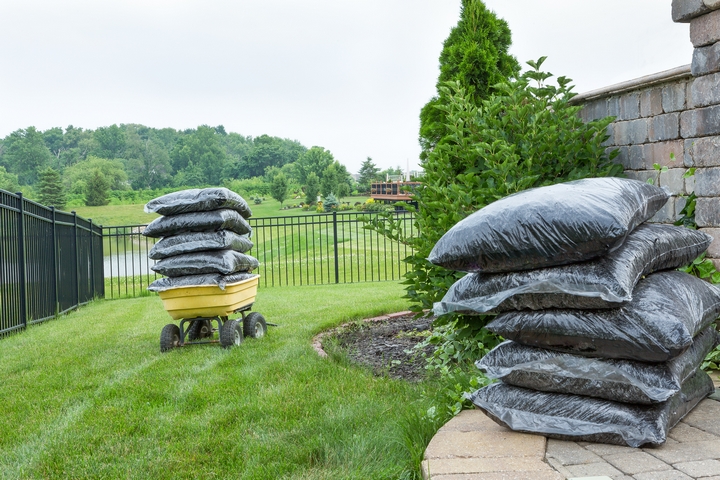
Just like you, a lawn needs to breathe. It does this through aeration, which involves allowing fertilizer and water to seep into your soil by poking small holes in your lawn. Aerating your lawn once during spring and again in the fall keeps it healthy and happy. You can rent a lawn aerator for this process instead of using spiked books or a garden fork.
9. Failure to Use a Fresh Tank of Gas

Stale gas can harm your lawnmower engine. Always start a new spring season with a fresh tank of gas. Use the type of fuel recommended by the manufacturer for your lawnmower.

